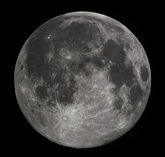
These are short stories put up each Friday that you can read for free. By the next Friday the post will be taken down and a new one will go up.
By the time Herman was a teenager the Splintering was already in effect, so he was given the tests and then put into the appropriate institute. For Schultz, it was engines. He learned all that he could for the six years he was required to attend, and during that time he began tinkering with the obsolete science of rocketry.
It was 2038 when he was finally done with his institute, and the last manned space mission had been 23 years earlier. No rocket had left the Earth’s atmosphere for more than 20 years, and so Schultz’s interest in the subject was a bit odd. He kept to himself, however, and so few knew of his obsession. When he had tested his primitive devices, he’d done so from the safety of the Montana forests, where few eyes could see.
There weren’t that many eyes to begin with. From the fragmentary records that exist from that time, we know that America’s population had gone from a high of 320 million in 2015 to 75 million, a drop of 76%. It was a lot better than the world had done during the Great Chaos. In 2015 the global population had been 7.2 billion but by 2040 it was thought to be only 1.2 billion, an 83% drop. Still to this day, however, it’s not known how many perished.
It’s likely that Herman Shultz wasn’t thinking much about that in 2039 when he began building what would become Space Port I on the outskirts of Wolf Creek. The small Montana community had only had 510 people in 2014, though it’s likely that number had grown in the subsequent years. Like many small, mountain communities, Wolf Creek had thrived as self-sufficient and enterprising individuals came to realize it was their best bet for survival. The anti-government mentality, coupled with the large number of guns and lookouts, also ensured that Schultz would have the privacy he’d need. Since Montana had been so sparsely populated before the Great Chaos began, the Board also didn’t take an active interest in the former state.
All of that culminated in the July 20, 2039, launch of Ganja Blue. The rocket was the third that Schultz had built, the first being Ganja – which had blown up on launch – and Ganja Red – which had to be scrapped after a group of rabid bears got into it. Those proved minor setbacks, and on that summer morning Ganja Blue launched 435 miles straight up to pierce the last layer of the exosphere, sending it into space.
After that things moved quickly. Since Ganja Blue didn’t have a homing recoil, the rocket fell back to Earth, likely crashing into the Atlantic Ocean, where the Board would have noticed. Shultz had been expecting this, and had Moon Shot ready. That was the name of the rocket, orbital pod, and moon lander that Schultz had been building. Thinking that they’d be swooped down on by the Board at any moment, Schultz and John Reddy boarded Moon Shot that same day and launched themselves into space.
It had taken the first men 4 days to get to the moon back in 1969, but Shultz had engineered a special fuel out of biowaste and was able to make the 238,900 mile-journey in 2 days. Once in orbit, Reddy stayed in the orbital pod while Schultz donned his homemade space suit and went down to the lunar surface in the lander. He’d studied the charts of the moon well, and had landed exactly where he’d needed to, the Picard Crater. The crater was in an area of Mare Crisium that was known to have ancient volcanoes. In less than six hours on the surface, Shultz was able to mine 2,000 pounds of gold and 500 pounds of titanium.
Before the Great Chaos, gold had been selling for $1,159 an ounce, or $13,908 a pound. That all changed in the years that followed, and so by the time Schultz had blasted off from earth, gold was trading for as much as $45,000 a pound, if any buyers or sellers could be found. The Board controlled most, and that’s exactly what Schultz aimed to change.
When he and Reddy arrived back on Earth two days later, they had an estimated $100 million in precious metals. At the time, most of the world was on the barter economy. Even the few “cities” that remained had probably $10,000 at the most. It was the Board the controlled the money supply, but when Herman Schultz landed back in Montana with the hardest currency there was, everything changed.


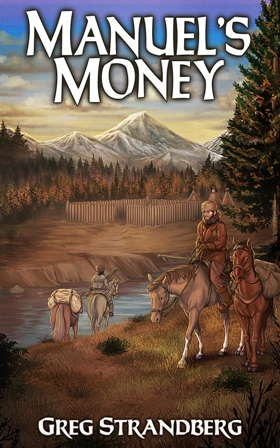



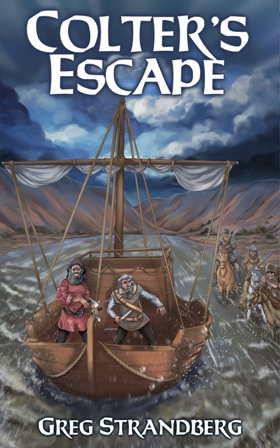


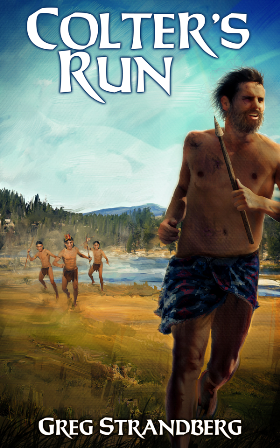




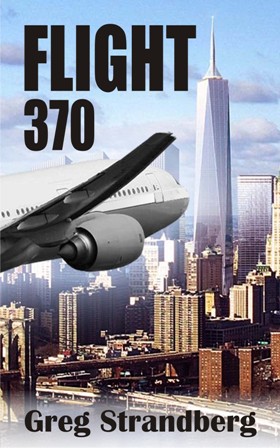
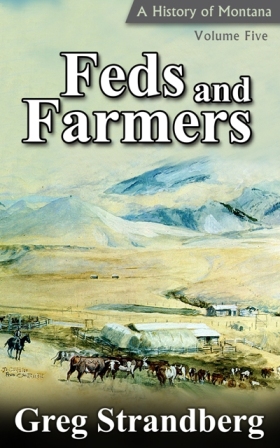
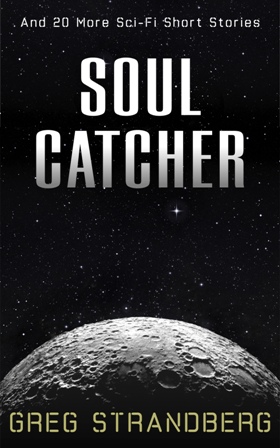




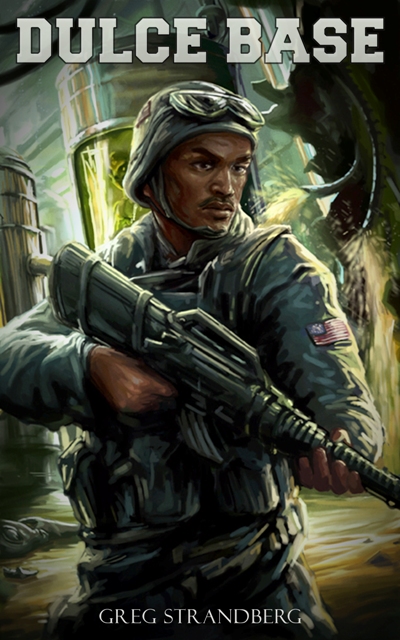
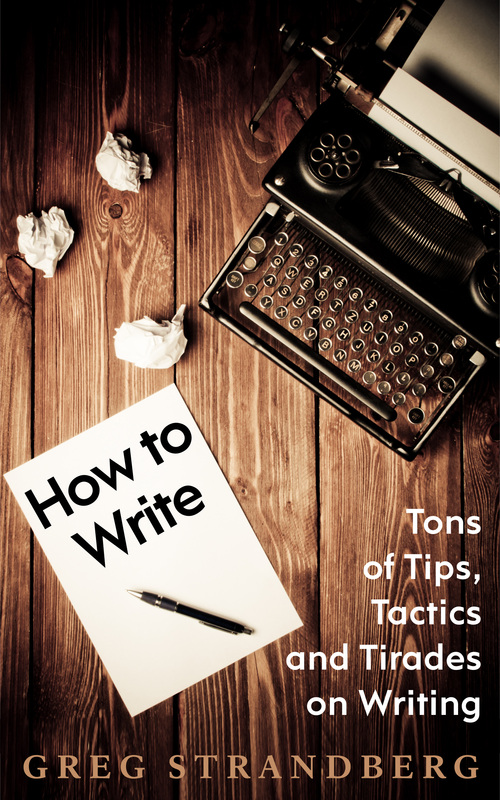

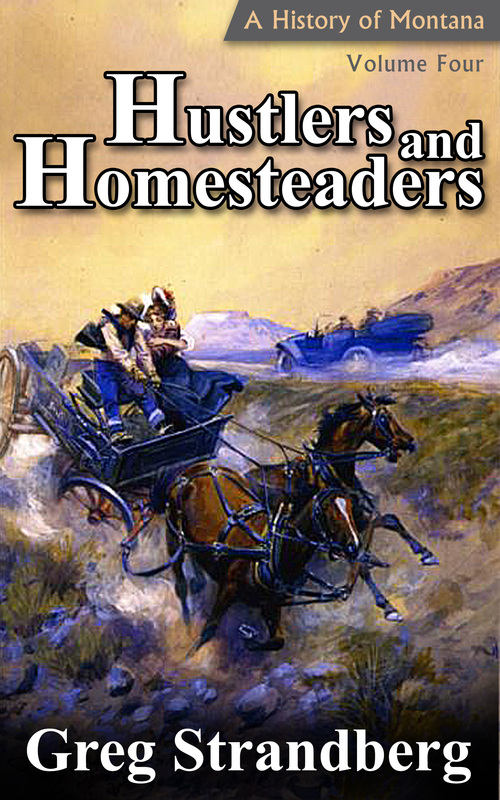
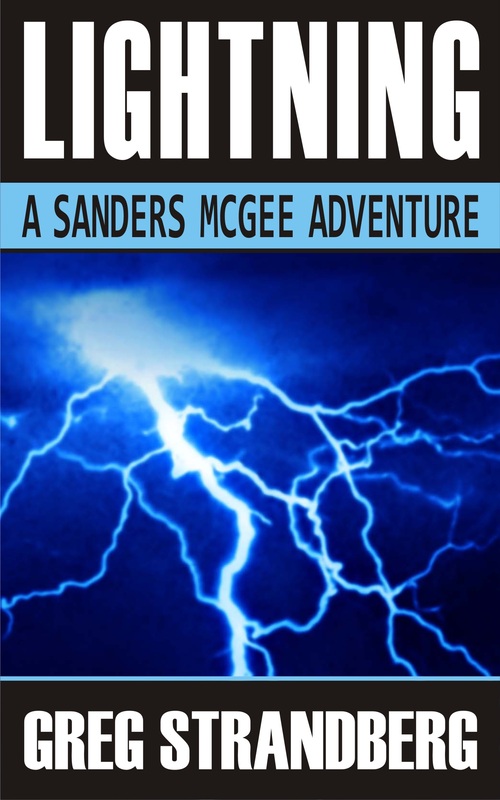


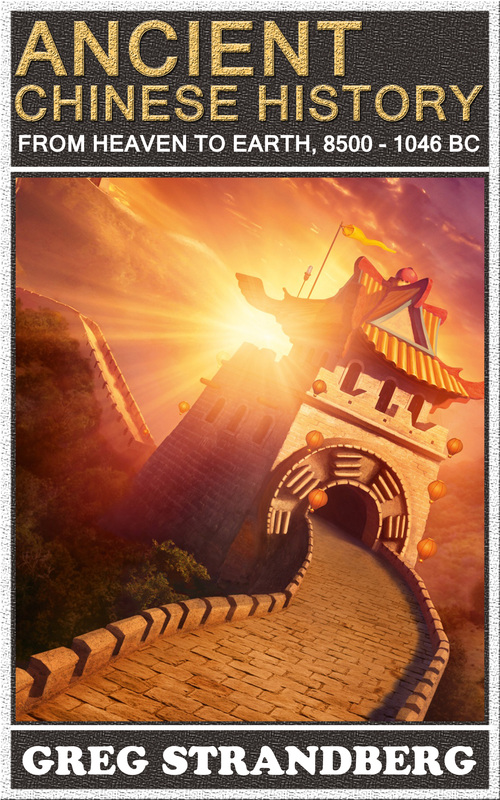


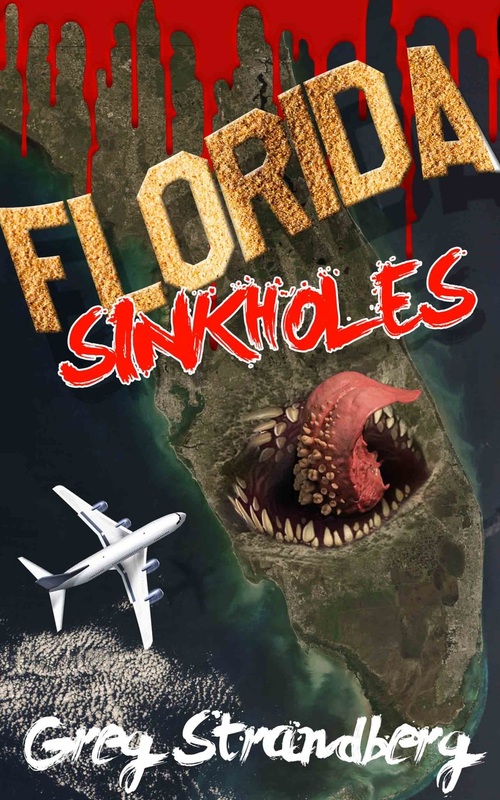
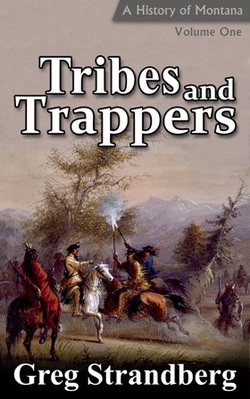
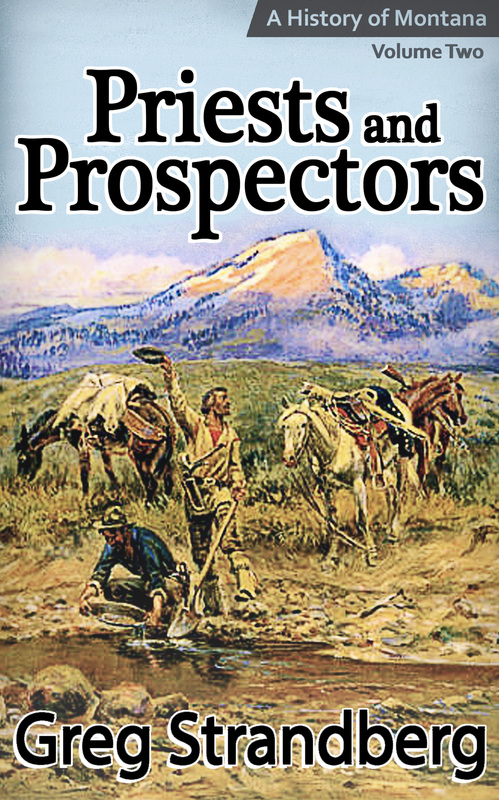
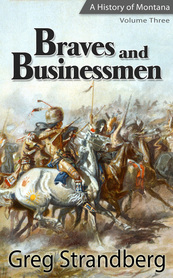
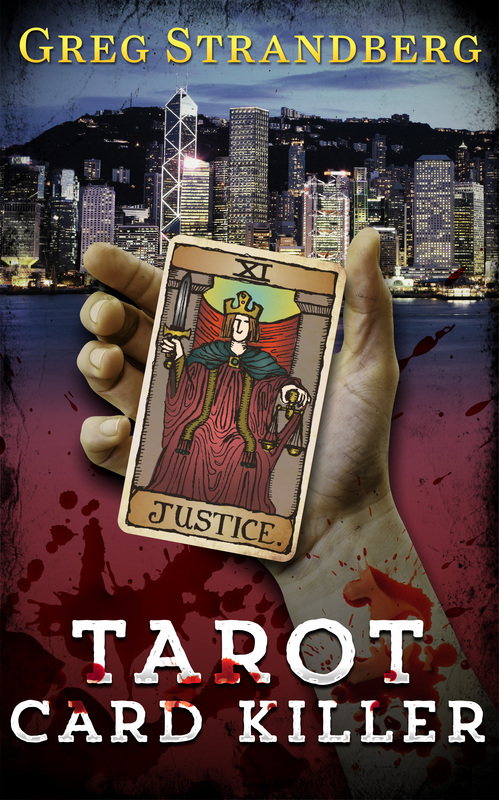


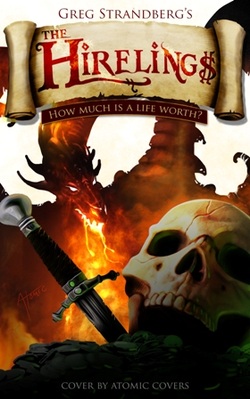




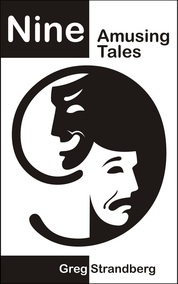


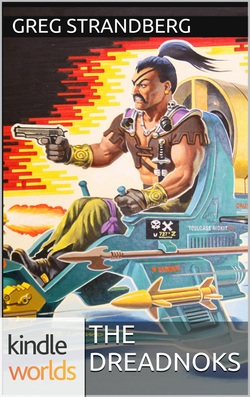



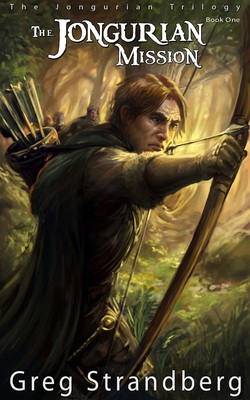

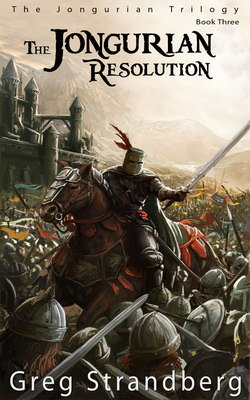

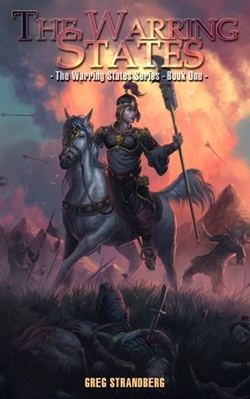
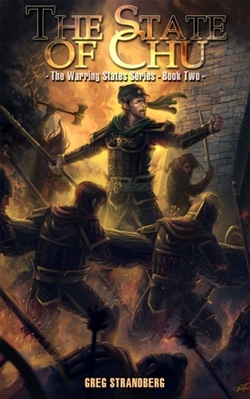
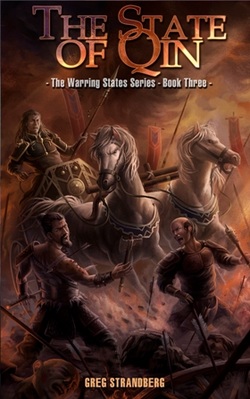


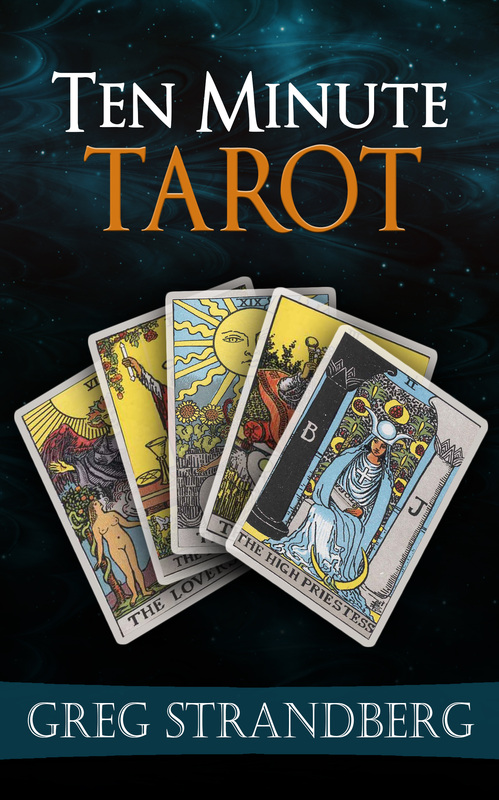














 RSS Feed
RSS Feed